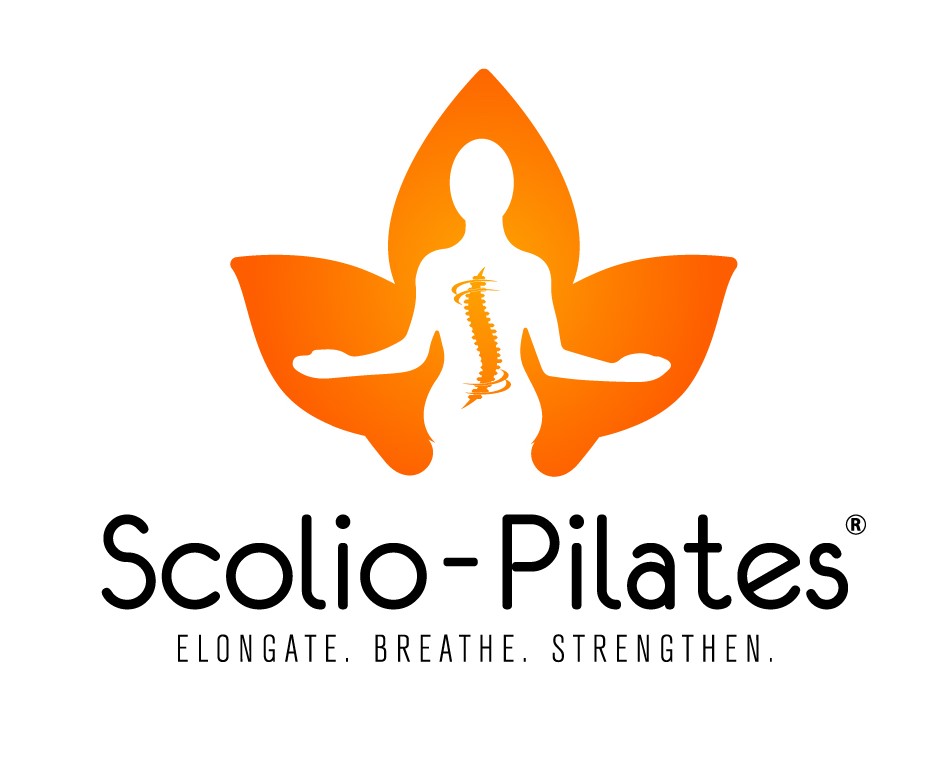Core Strength: No Sit-Ups, Please
There is nothing quite like having a bad back to make us look and feel a mere 40 years older than we really are. At least 80 million Americans have woken up feeling about 109-years-old as a result of disabling back pain. If you are one of the 80 million then your friends have probably already started dishing out the advice on how to fix your new mis-shapen, ‘Leaning Tower of Pisa-like’ posture.
You have undoubtedly heard this little tidbit: ‘Strengthen your Core!’ Your friends are right. And you dutifully take your gimpy back off to do your sit-ups… and this is where you are wrong.
Sit-ups only really focus (well) on one muscle: the rectus abdominis, and, there’s a heck of a lot more than one muscle making up the core muscles , or stabilizers, of the spine. Sit-ups and crunches when done correctly do strengthen the rectus but they are usually, normally, and most-often done incorrectly. Done incorrectly the only muscles that get stronger are the hip flexors which is too bad. It’s too bad because the hip flexors are generally an unhappy, tight, grouchy muscle in those living with back pain and doesn’t deserve to be traumatized this way. It’s also too bad that the rectus is getting so much attention, the attention needs to be divvied up. Imagine you have 10 children. Not one.
During muscle endurance tests those with a history of back pain prove themselves to have plenty of strength/endurance in their ability to hold a flexed position of the spine. They are even stronger in this flexed position than those who have never had back pain. It is the back extensors that are lacking and need the attention. (McGill, Low Back Disorders, 2002 p. 212) And by the way, in someone who has had a serious episode of back pain, this imbalance continues long after the episode of pain has passed, leaving one (read: YOU) open to another serious episode of back pain if the stabilizing muscles of the spine are not brought into balance and stabilized.
So what are the other muscles or tissues that stabilize the spine? They include the obliques, the transversus (yes, both still abdominal muscles), the quadratus lumborum, the intertransversarii, the rotatores, the thoraco-lumbar fascia, the muscles of the erector spinae and good ol’ multifidus. All of these muscles/tissues have a specific function to support the spine and they all need to be addressed when attempting to restore health to the spine. And as you may have already guessed they are not all activated with a sit-up or crunch. Here’s what activates them and makes them happy, smiling, willing-to-go-salsa-dancing-this-weekend muscles:
Planks are excellent exercises for strengthening the ‘corset’ of muscles around the spine. Side-bridging activates most of the core stabilizers of the spine. Balance exercises turn the propioceptive muscles back on. Your proprioceptive muscles are your intertransversarii and rotatores. It used to be thought they were responsible for movement on a very small scale but now evidence shows that they are really more about keeping you from falling on your nose; my words, not the words of these esteemed scientists who found that these muscles have a very high number of muscles spindles, approximately 4.5-7.3 times richer than multifidus: Nitz and Peck, 1986. When you turn to the right they activate on the left; when you stretch left they activate right; when you are standing on your right big toe trying to reach the last clean glass out of the cupboard they activate to keep you balanced (but don’t try going on the toenail, they aren’t that good).
This has been the hardest blog to write to date because without going on for another 50,000 words I have left a lot of information out. I am sure that you have picked up on the gaps but even I don’t want to hear myself talk anymore. I’ll be writing more about the core strength of the spine and if you have specific questions let me know and I’ll try to address them sooner than later.
Wishing you great health! Karena

